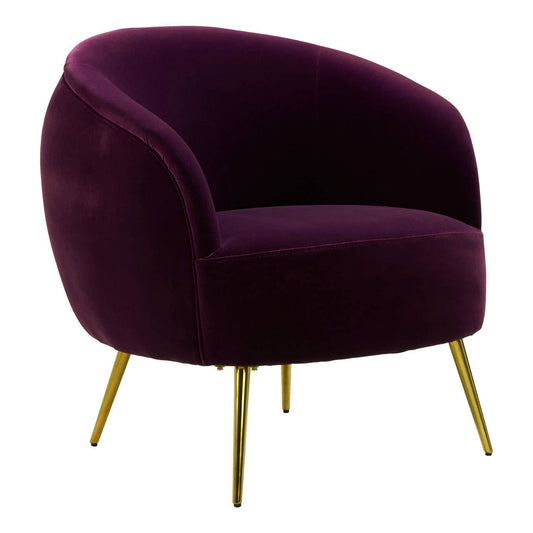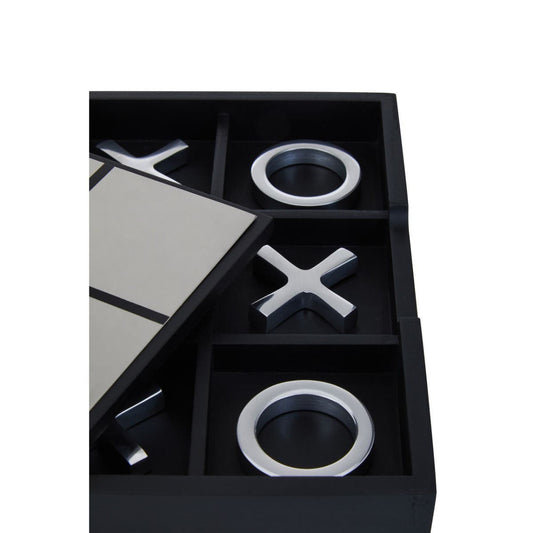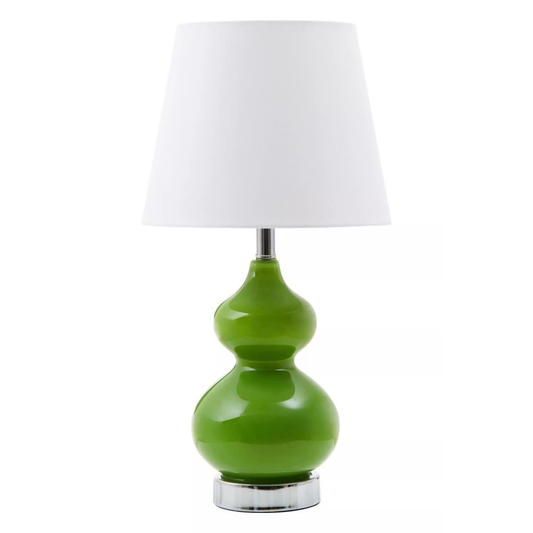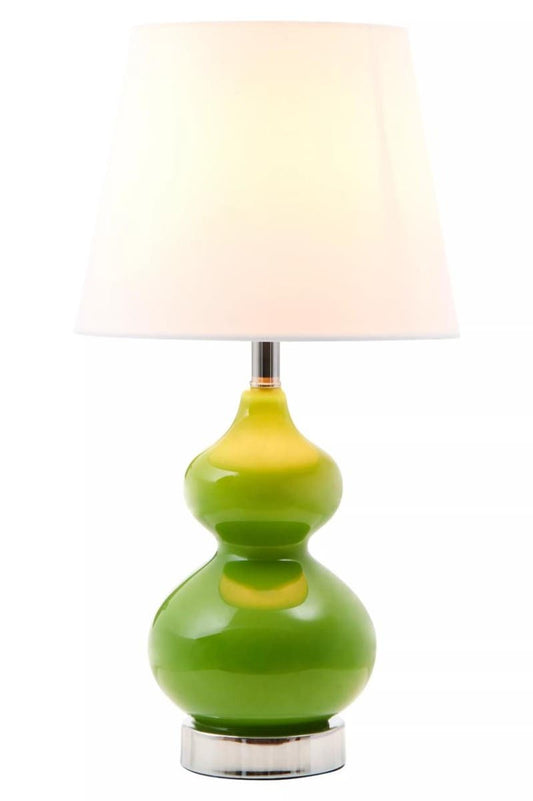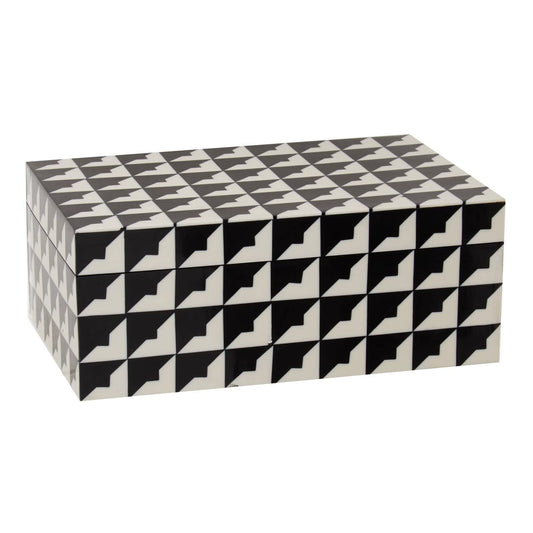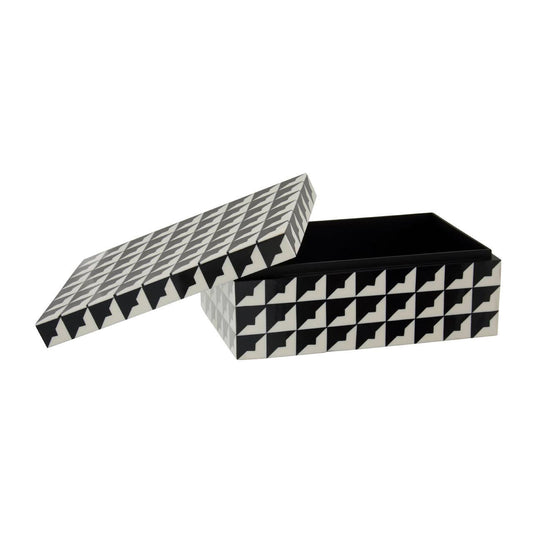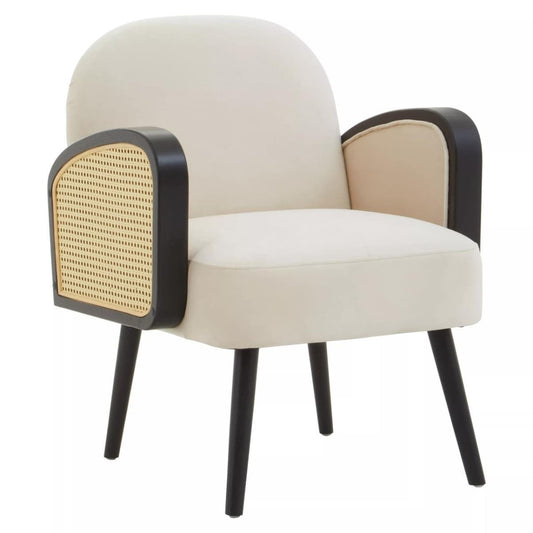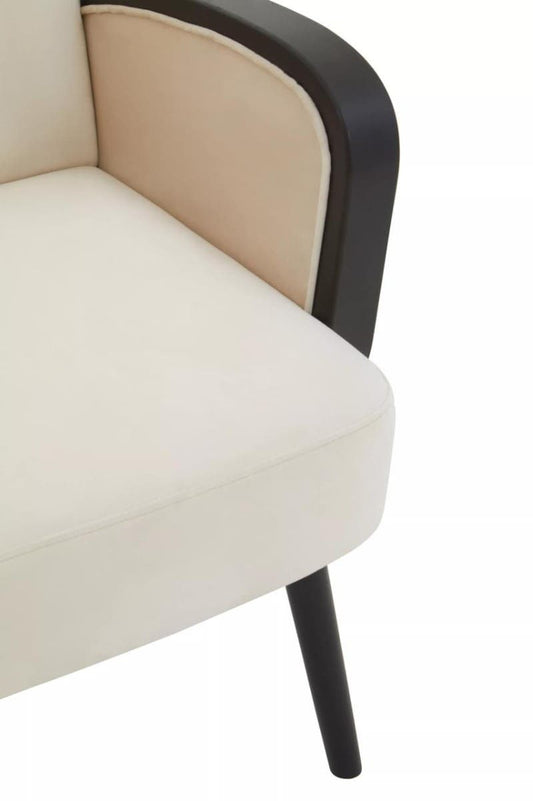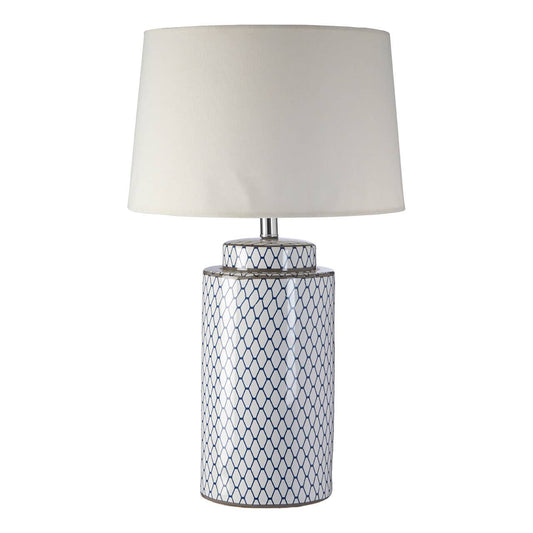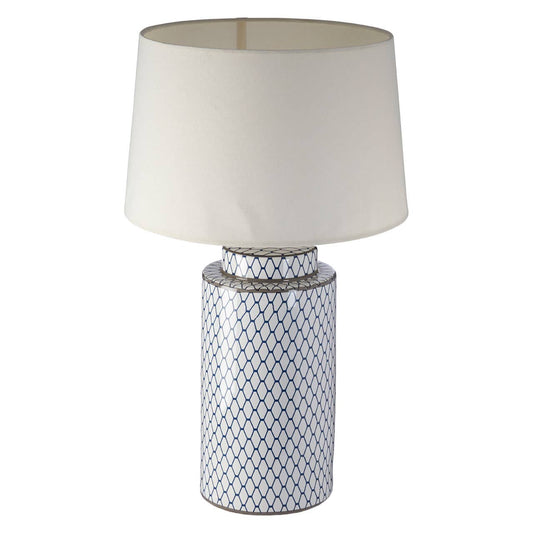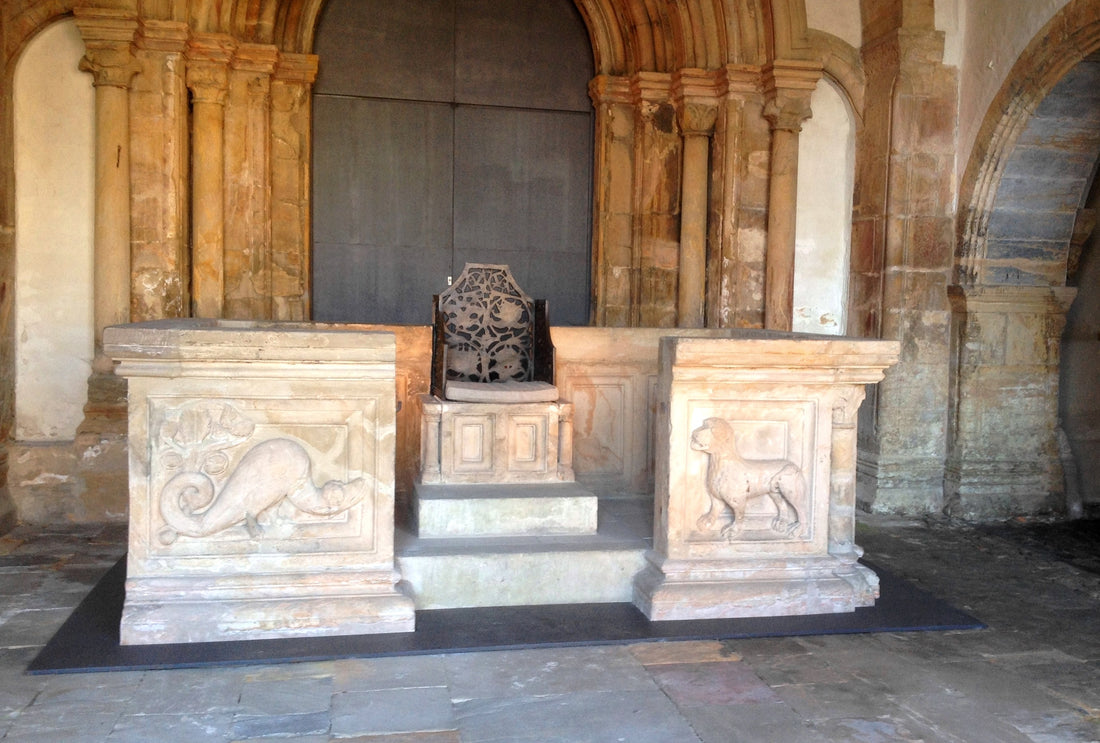
Worlds Most Famous Thrones
We take a look at the definitive list of famous thrones from around the world and throughout history. From the Holy Roman Empire to modern day. These are the seats of power that define our history.
1. The Throne of England

The Throne of England is the throne of the Monarch of England "Throne of England" also refers metonymically to the office of monarch, and monarchy itself. The term "Throne of Great Britain" has been used in reference to Sovereign's Throne in the House of Lords, from which a monarch gives his or her speech at the State opening of Parliament.
2. Throne of Goslar

The imperial throne at Goslar was made in the second half of the 11th century and was the throne of Holy Roman Emperors and kings in the Collegiate Church of St. Simon and St. Jude, which stood in the grounds of the Imperial Palace of Goslar. Along with the Krodo Altar it is one of the most important, surviving artefacts from the demolished cathedral.
3. Chair of Saint Peter - The Pope

The Chair of Saint Peter (Latin: Cathedra Petri), also known as the Throne of Saint Peter, is a relic conserved in St. Peter's Basilica in Vatican City, the sovereign enclave of the Pope inside Rome, Italy. The relic is a wooden throne that tradition claims belonged to the Apostle Saint Peter, the leader of the Early Christians in Rome and first Pope, and which he used as Bishop of Rome. The relic is enclosed in a sculpted gilt bronze casing designed by Gian Lorenzo Bernini and constructed between 1647 and 1653.
4. Throne of Tutankhamun

The golden throne of Tutankhamun is a unique work of art. It is considered to be one of the most significant and well-preserved pieces of furniture from ancient Egypt. Its colors have not faded over three thousand years, which serves as a testament to the high skill of the ancient Egyptian craftsmen.
The luxurious armchair is distinguished by the complexity of its technique and an abundance of details. Two projecting lions’ heads protect the seat of the throne while the arms take the form of winged uraei or rearing cobras wearing the double Pschent crown of Egypt and guarding the cartouche names of the king.
5. Dragon Throne of China

The Dragon Throne (simplified Chinese: 龙椅; traditional Chinese: 龍椅; pinyin: lóng yǐ) was the throne of the Emperor of China. As the dragon was the emblem of divine imperial power, the throne of the Emperor was known as the Dragon Throne. The term can refer to very specific seating, as in the special seating in various structures in the Forbidden City of Beijing or in the palaces of the Old Summer Palace. Metonymically, "the Dragon Throne" can also refer to the Chinese sovereign and to the Chinese monarchy itself.[2] The Daoguang Emperor is said to have referred to his throne as "the divine utensil."
6. Silver Throne of Sweden

The Silver Throne (Swedish: Silvertronen or Drottning Kristinas silvertron) is a throne which has been used by the Swedish monarch at coronations, accessions to the throne and the State Opening of Parliament. The Silver Throne is located in the Hall of State at Stockholm Palace.
The Silver Throne was made for Queen Christina's coronation in 1650. Crafted by Abraham Drentwett in Augsburg, Bavaria, it was a gift from Count Magnus Gabriel De la Gardie. Since coronations stopped being practiced the throne has been used for state openings of parliament (until 1975) and enthronement ceremonies (last for Carl XVI Gustaf in 1973). It was last used in 1974 for the State Opening of Parliament.
7. Throne of Charlemagne

The Throne of Charlemagne (German: Karlsthron or Aachener Königsthron, "Royal Throne of Aachen") is a throne erected in the 790s by Charlemagne, as one of the fittings of his palatine chapel in Aachen (today's Aachen Cathedral) and placed in the Octagon of the church. Until 1531, it served as the coronation throne of the King of the Romans, being used at a total of thirty-one coronations. As a result, especially in the eleventh century, it was referred to as the totius regni archisolium ("Archstool of the Whole Realm"). Charlemagne himself was not crowned on this throne, but instead in the Old St. Peter's Basilica in Rome by Pope Leo III in 800 AD.
8. Coronation Chair of Denmark

The Coronation Chair of Denmark is the chair formerly used in the coronation of the Danish monarch.
According to legend, the Coronation Chair is made of the horn of unicorns. In reality, it is made from Norwegian narwhal tusks. It is guarded by three life-size silver lions, based on Biblical references, and was a symbol of the absolute monarchy of the Twin Kingdoms. The Coronation Chair is located in the Castle of Rosenborg in Copenhagen.
9. Elgin Throne

Known as the Elgin Throne, this rare surviving example of Greek marble furniture was once in the collection of Lord Elgin at Broomhall House in Scotland. The throne has a high, curved back, and solid sides. The seat of the chair is polished from use. Lion legs flank the front of the throne; above these are double volutes forming the armrests. A broad horizontal band in relief runs from leg to leg around the back of the chair; this serves as the ground line for scenes carved on both sides.
10. The Ivory Throne

The Ivory Throne is the earliest preserved tsar throne of the mid-16th century. The throne was made of wood faced with plates of ivory and walrus tusk, therefore it was called the "carved bone armchair". The carved ornament unites the various subjects and representations into a single composition. Decorative scenes include images from Greek mythology and the Old Testament. The depicted themes, the style of the carving and the motifs, which include grotesques and Cupids, enable researchers to date most of the pieces to the 16th century and attribute them to Western European Renaissance craftsmen. This bone throne has been renovated several times in Russia: worn pieces of bone were remade by local craftsmen; in 1856, on the occasion of the coronation of Emperor Alexander II, the throne was decorated with a gilded silver two-headed eagle.
11. Coronation Chair

The Coronation Chair, also known as St Edward's Chair or King Edward's Chair, is an ancient wooden chair on which British monarchs sit when they are invested with regalia and crowned at their coronations. It was commissioned in 1296 by King Edward I to contain the Stone of Scone, which he had captured from the Scots. The chair was named after Edward the Confessor and for centuries (until 1997) it was kept in his shrine at Westminster Abbey. The Coronation Chair was last used at the Coronation of King Charles the III and Queen Camilla at Westminster Abbey in 2023.
12. Chrysanthemum Throne

The Chrysanthemum Throne (皇位, kōi, "imperial seat") is the throne of the Emperor of Japan. The term also can refer to very specific seating, such as the Takamikura (高御座) throne in the Shishin-den at Kyoto Imperial Palace.
Various other thrones or seats that are used by the Emperor during official functions, such as those used in the Tokyo Imperial Palace or the throne used in the Speech from the Throne ceremony in the National Diet, are, however, not known as the "Chrysanthemum Throne".
In a metonymic sense, the "Chrysanthemum Throne" also refers rhetorically to the head of state and the institution of the Japanese monarchy itself.


